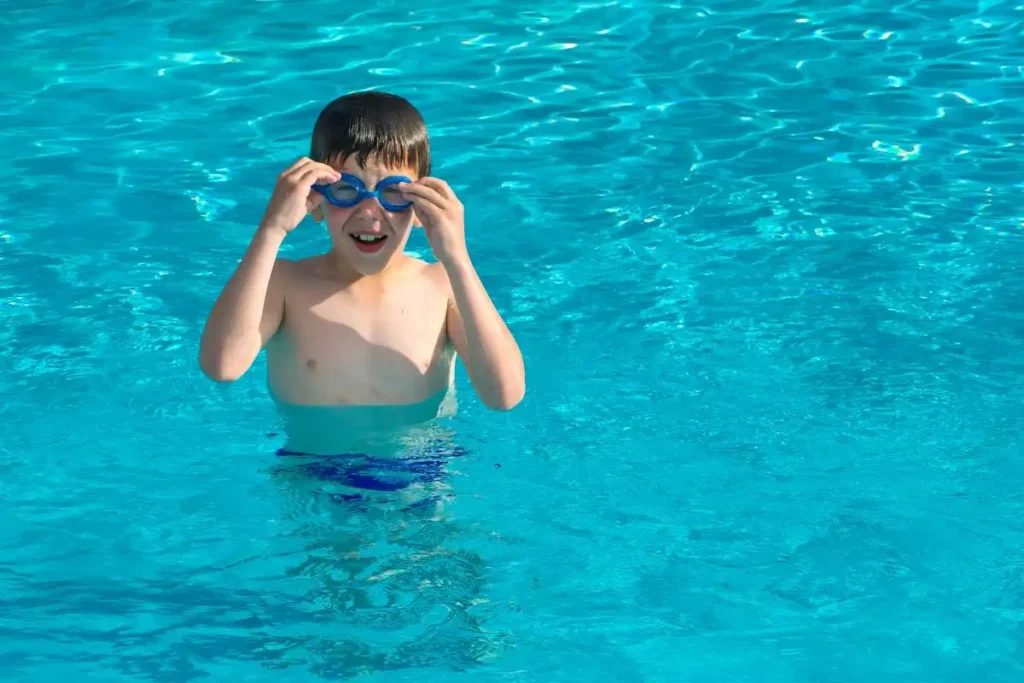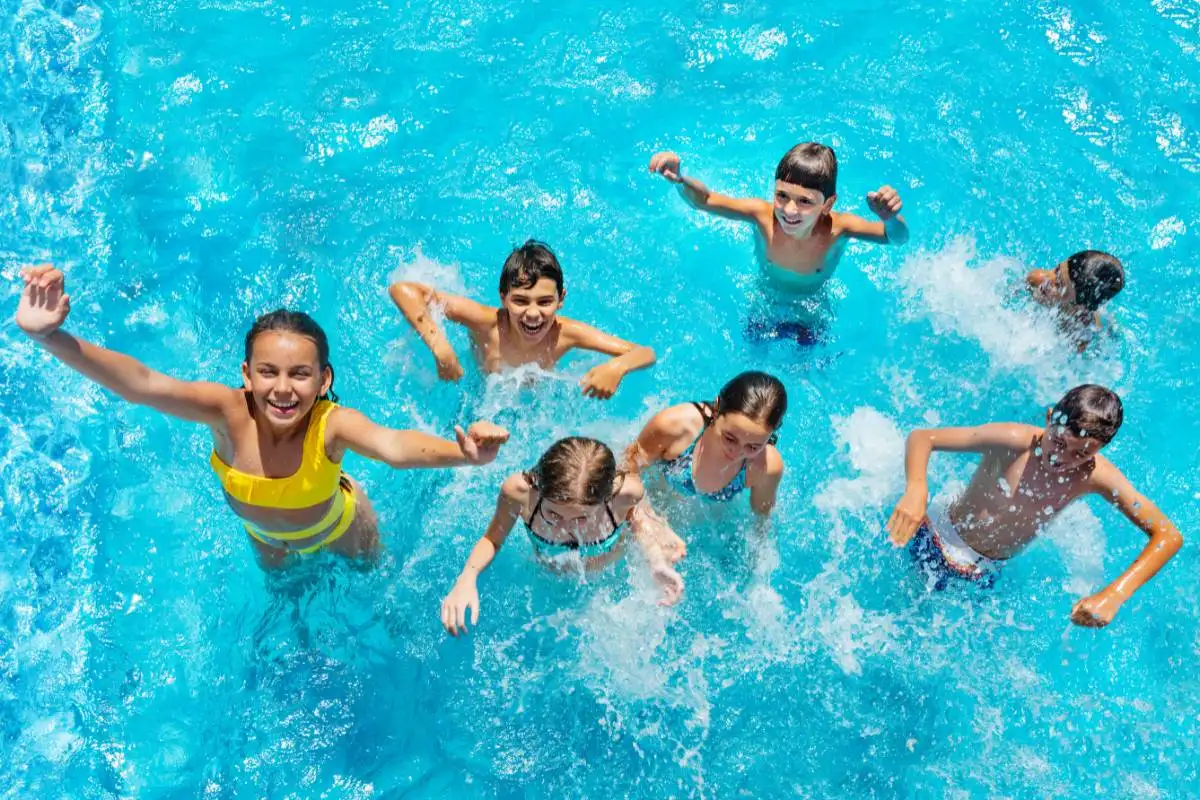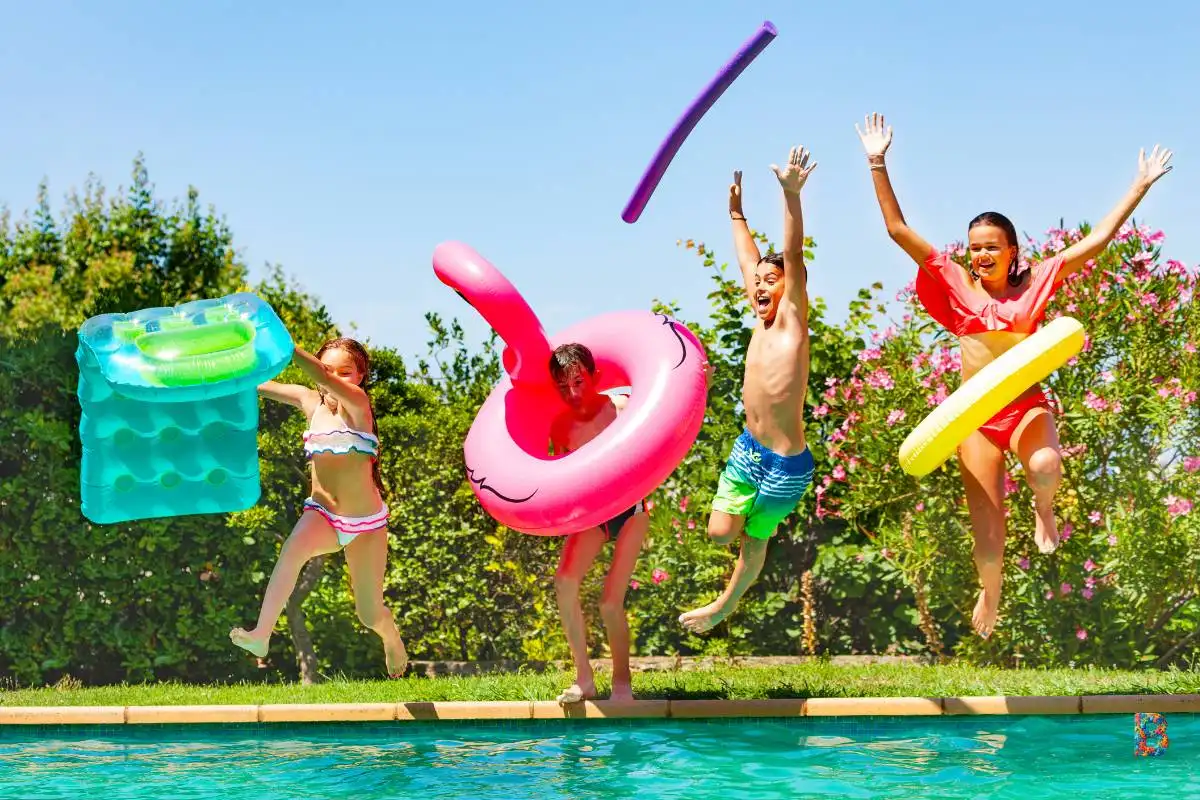Swimming is not only a fun activity for kids with autism, but it also provides a range of physical benefits that can improve their overall health and well-being. Here are some of the physical perks of swimming for autistic kids:
Improves Balance and Coordination
Swimming requires a lot of coordination and balance, which can be challenging for kids with autism. However, practicing swimming can help improve their motor skills and coordination. Swimming helps with taking and applying instruction, and it also helps develop your child’s fine motor skills.
Builds Muscle Strength and Endurance
Swimming is a low-impact exercise that can help build muscle strength and endurance. It is an excellent way for kids with autism to get some exercise without putting too much strain on their joints. Swimming is a low-impact exercise that can boost cardiovascular health, strength, and endurance.
Enhances Cardiovascular Health
Swimming is a great way to improve cardiovascular health. It gets the heart pumping and can help improve blood circulation. This is especially important for kids with autism who may have difficulty with physical activity. Swimming is a low-impact exercise that can boost cardiovascular health, strength, and endurance.
Social Splashes
Swimming is not only a great way to improve physical health, but it can also have positive effects on social skills for children with autism. Here are some ways in which swimming can help to foster connections in the pool:
Pool Party
Swimming provides a fun and relaxed environment for children to practice communication skills. Whether it’s asking for help with a swim stroke or chatting with a friend in the pool, swimming can help children with autism develop their communication skills naturally and enjoyably.
Buddy System
Swimming can also help children with autism to build friendships with others who share their love of the water. By joining a swim team or attending a swim class, children can meet others who enjoy swimming and build connections through shared experiences. Plus, having a swimming buddy can make swimming even more fun!
Emotional Waves
The Calming Effect of Water
Swimming is a great way to reduce stress and anxiety in children with autism. The calming effects of water can help soothe the mind and body, reducing anxiety symptoms and promoting relaxation. When children with autism swim, they can focus on the repetitive nature of the strokes and the sensation of the water against their skin. This can be incredibly therapeutic and calming for children who struggle with sensory processing.
In fact, swimming is especially beneficial for children with autism because it gives them a sense of control and predictability. Unlike other sports or activities, swimming is very structured and predictable, which can help children with autism feel more comfortable and confident in their abilities.
How Water Works Wonders
Water is a magical substance that can work wonders for children with autism. It provides a unique sensory experience that can help children regulate their emotions and feel more connected to their bodies. Swimming can also help children develop their proprioceptive sense, which is the ability to sense the position and movement of their body in space. This can be especially helpful for children with autism who struggle with body awareness and coordination.
Swimming can provide children with a variety of different sensory experiences. The sensation of the water against their skin, the sound of the water splashing, and the sight of the water moving can all be incredibly calming and soothing for children with autism. Swimming can also provide children with a sense of weightlessness, which can be especially helpful for children who struggle with sensory processing and body awareness.
Cognitive Currents
Swimming is not just a fun activity for kids with autism spectrum disorder (ASD), it also has numerous cognitive benefits. Research shows that regular swimming can improve memory, cognitive function, immune response, and mood (The Conversation).
But how does swimming boost brain power? First, learning to swim requires a lot of cognitive effort. Kids with ASD need to learn how to coordinate their movements, hold their breath, and stay afloat. This requires focus, concentration, and problem-solving skills. As they master these skills, they become more confident and independent, boosting their self-esteem and social skills.
Moreover, swimming is a low-impact exercise that increases blood flow and oxygen to the brain, which can improve cognitive function. Swimming also stimulates the production of brain-derived neurotrophic factor (BDNF), a protein that promotes brain neurons’ growth and survival. BDNF is essential for learning, memory, and cognitive function.
Swimming is a multisensory activity that engages all the senses, including touch, sight, sound, and proprioception. Proprioception is the sense of where your body is in space, and it plays a crucial role in cognitive development. By moving their bodies in different ways and experiencing different sensations, kids with ASD can improve their proprioceptive awareness and spatial orientation skills.
Safety Drills
Swimming is a great way for children with autism to have fun and get exercise, but it’s important to keep safety in mind. Here are some essential water safety skills for kids:
- Learning to Float: Floating is an essential skill for children to learn. It helps them to relax and conserve energy in the water. Please encourage your child to practice floating on their back and stomach.
- Breath Control: Teaching your child to hold their breath and blow bubbles in the water can help them feel more comfortable and confident.
- Swimming with Clothes On: It’s important for children to practice swimming with clothes on, as this can help them learn what it feels like to swim with extra weight. Plus, it’s a great way to cool off on a hot day!
- Jumping In: Jumping into the water is a fun way for kids to practice their swimming skills. Encourage your child to jump in with a life jacket on and then practice swimming to the side.
- Using Visual Schedules: Using visual schedules can be an effective way to guide children with autism through water safety drills. Visual schedules can help ease their anxiety and make for a more successful lesson.









